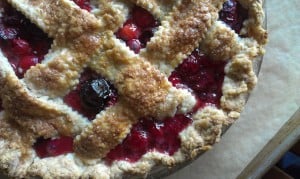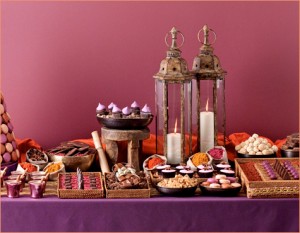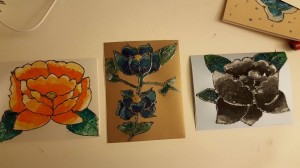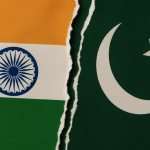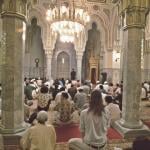This post was written by guest contributor Sya, and originally posted at her blog, as well as in Dutch in “Ramadan” Al-Nisa, Islamitisch maandblad voor vrouwen (Islamic monthly for women), 31st year, No. 7/8, Jul/Aug 2012.
I am a Malay Singaporean who has been living in the Netherlands for almost two years now. There are about 1 million Muslims in Singapore and they make up about 15% of the total population. Muslims in Singapore are mostly from the Malay ethnic group (who have similar culture and language to the Malays of Malaysia and Indonesia); however there are also Indian and Chinese Muslims that make up a tiny percentage of Singaporean Muslims.
The Malays have a rich and varied heritage that moulds the Islam found in Southeast Asia. As long as these cultural traditions do not run counter to God in the Qur’an, they are seen as expressions of different ‘peoples and tribes’ (Qur’an, 49:13). I like the idea that I can find so much in common with Muslims from other countries, and at the same time, inform others about differences in our practices.
As Ramadan moves towards the middle of the Gregorian calendar year, the length of a day’s fast gets longer – at least in temperate countries, while in Singapore, daylight remains consistent around 13 hours a day. A typical Ramadhan day in starts around 4.30am, when my mother and our domestic helper prepared a meal for sahur (usually pre-cooked the night before). We usually ate a simple three-part meal: rice, fish or chicken, and stir-fried vegetables. In the first week, my whole family would get up on time to eat together, but there would always be a day or two towards the end when we all forgot to get up before the adhan for fajr resounded on the radio.
My father likes to prepare dates filled with almonds and rolled in sesame seeds during Ramadhan, and he liked even more to insist that we ate these everyday. He would also remind us to loudly and clearly state our niat to fast, with a phrase in Arabic that we were taught to recite as children: nawaitu sauma ghadin ‘an ada-i fardh as-shahri ramadhana hadhihi sanati lillahi ta’ala (I intend to do the obligatory fast tomorrow in the month of Ramadhan this year, for the sake of God). But I did not know what these Arabic words meant until I was much older!
As we got busier with our own schedules, iftar is one occasion that my family will eat together at least twice a week (and twice a day too). We usually break the fast with dates, imported from Iran or Tunisia, and an assortment of sweet drinks, with a local favourite being air katira: coloured syrup and basil seeds stirred into milk.
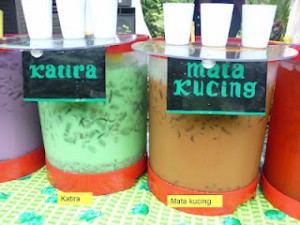
When Ramadan starts, night markets or pasar malam (smaller and more chaotic than the Dutch versions) sprout in the ‘heartlands’ or residential areas, with the biggest one in Geylang — a historical Malay area of Singapore. Known as Ramadan Bazaars, these stalls sell anything from toys to household decorations for the coming Eid, but they mostly sell food. A lot of it.
Alternatively, one could break one’s fast at a mosque. Here the culinary options are more nutritious and the environment more calm. There are about 70 mosques in Singapore; that’s one in almost every residential quarter, or a mosque for every 12,600 Muslims! A simple, free iftar is provided in every mosque well before maghrib is due. Volunteers start cooking a traditional rice porridge in the early afternoon, which is packed and given out in small plastic bags by the time asar arrives. There is no dearth of volunteers to do all this as everyone is eager to reap the multiple blessings of doing good works during Ramadhan.
Small bowls filled with dates and porridge are placed on a dulang (large communal eating tray), and arranged in the mosque. There are usually two sets of trays: one in the men’s section and one in the women’s section (sometimes there is also a ‘family’ section). Having iftar at a mosque makes it convenient to stay for tarawih prayers after ‘isya. As this is only about an hour after sunset, being there early ensures that you will be able to pray on the carpet (and not on the cold tiles), since the mosque fills up quickly in Ramadhan.
Some Muslims have a preferred mosque, but some also like to ‘jump’ mosques and experience the different atmospheres and tarawih prayers in different mosques. The only thing that stays the same is that mosques experience their fullest capacity during the last ten days of Ramadhan.
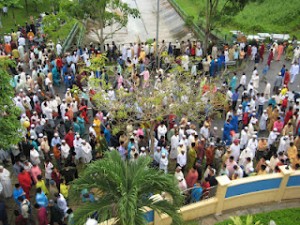
On the morning of Eid, mostly men attend the Eid prayer and sermon, because women stay behind to cook breakfast, even though the Prophet encouraged both women and men to attend the Eid prayer. And for breakfast, Malays use the main ingredients of coconut and rice to make all kinds of yummy dishes. The ketupat and pulut classics: coconut leaves are woven into a small pillow- or onion-shaped bags, filled with rice, and boiled to create thick rice cakes. And with that comes an entire plethora of meat and seafood dishes cooked with coconut milk, desiccated coconut, chilli, vegetables, spices, etc.
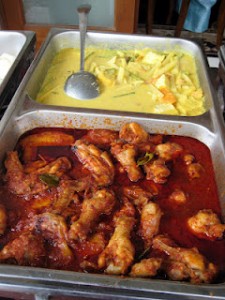
Source: Author’s own.
Forgiveness is the main theme of this day, with the traditional greeting being Selamat Hari Raya, Maaf Zahir dan Batin (lit. Happy Day of Celebration, Sincere Apologies), and this is customarily done by family members in the mornings, and when visiting the houses of our relatives, beginning with the eldest. Once there, the hosts urge us to eat whatever that they have cooked themselves.
This visiting goes on during the following three weekends (until Syawal is over) because 1) Malays have large families, and 2) if Ramadan is a month of fasting, ergo Syawal is a month of celebrating. Small amounts of money (anywhere from €2 to €20) is also given in small colourful envelopes to children and the unemployed, single or the elderly.
Because Arabic words have multiple meanings — the phrase Eid ul-Fitr can be translated in several ways. One is ‘Return to the Original State’, which refers to the pure(r) spiritual state one is in after fasting during Ramadhan. It is perhaps this idea of change or renewal that prompts Malays to buy brand new furniture and clothes for Eid. One tradition is to dress up the entire family in the same colour. (Which is certainly a practical tool of identification during big family gatherings!)
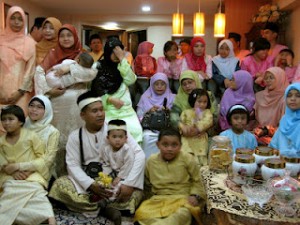
Source: Author’s own.
For more on Ramadan, and to read the rest of the posts in MMW’s Ramadan 2012 series, click here.



